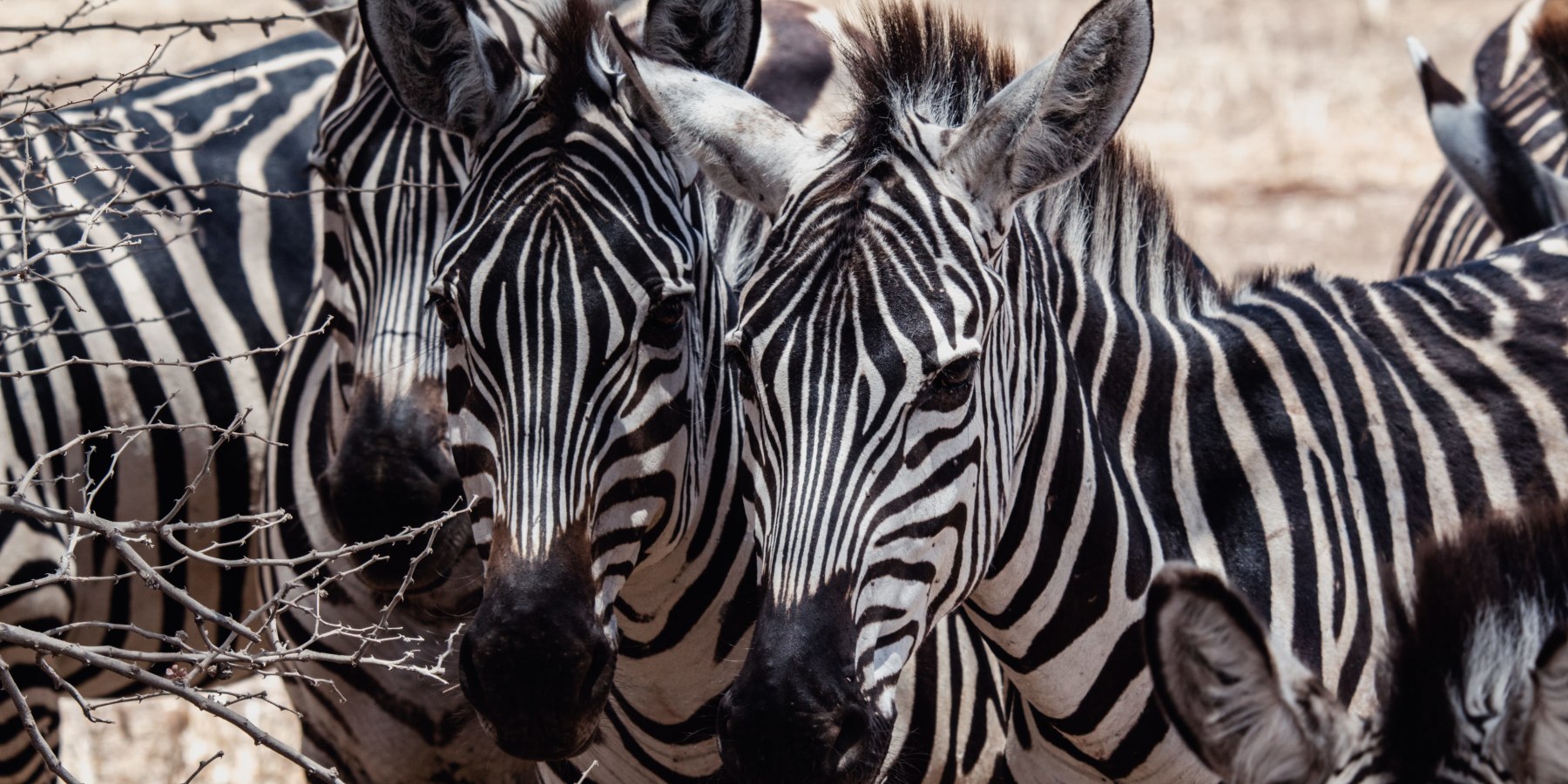
NGORONGORO CRATER:
Ngorongoro Conservation Area houses one of the world's greatest natural spectacles – the Ngorongoro Crater, home to almost 30,000 animals. Once an active volcano, Ngorongoro Crater collapsed, leaving a caldera 12 miles (20 km) in diameter. With no breaks in its steep walls, this is the largest intact caldera in existence. The bottom of the crater is 165 square miles (265 square km) and is dotted with watering holes.
The crater shelters abundant animals in an area naturally enclosed by the volcano's slopes. The crater is famous for viewing black rhinos, for which few are left. Other animals that can be seen include elephants, buffalo, zebra, wildebeest, gazelle, monkeys, and ever-hungry predators, including lions and hyenas.
Ngorongoro Conservation Area,
Located in the great rift valley, the Ngorongoro Conservation Area is a gigantic fracture of the earth crust. Within this beautiful and unique landscape lies alkaline soda lakes, a series of peaks and volcanoes, dense rain forests, vast plains, archaeological sites and Masai villages. This protected area is the land of the semi-nomadic Masai, who can be seen grazing their vast herds of cattle.
Although the Tanzanian government has tried to encourage the Masai to give up their customs and adapt to modern African life, the proud Masai have resisted. During your visit, it is possible to visit nearby Masai villages, called boma, to observe their traditional dance and to go inside their mud and dung huts.

